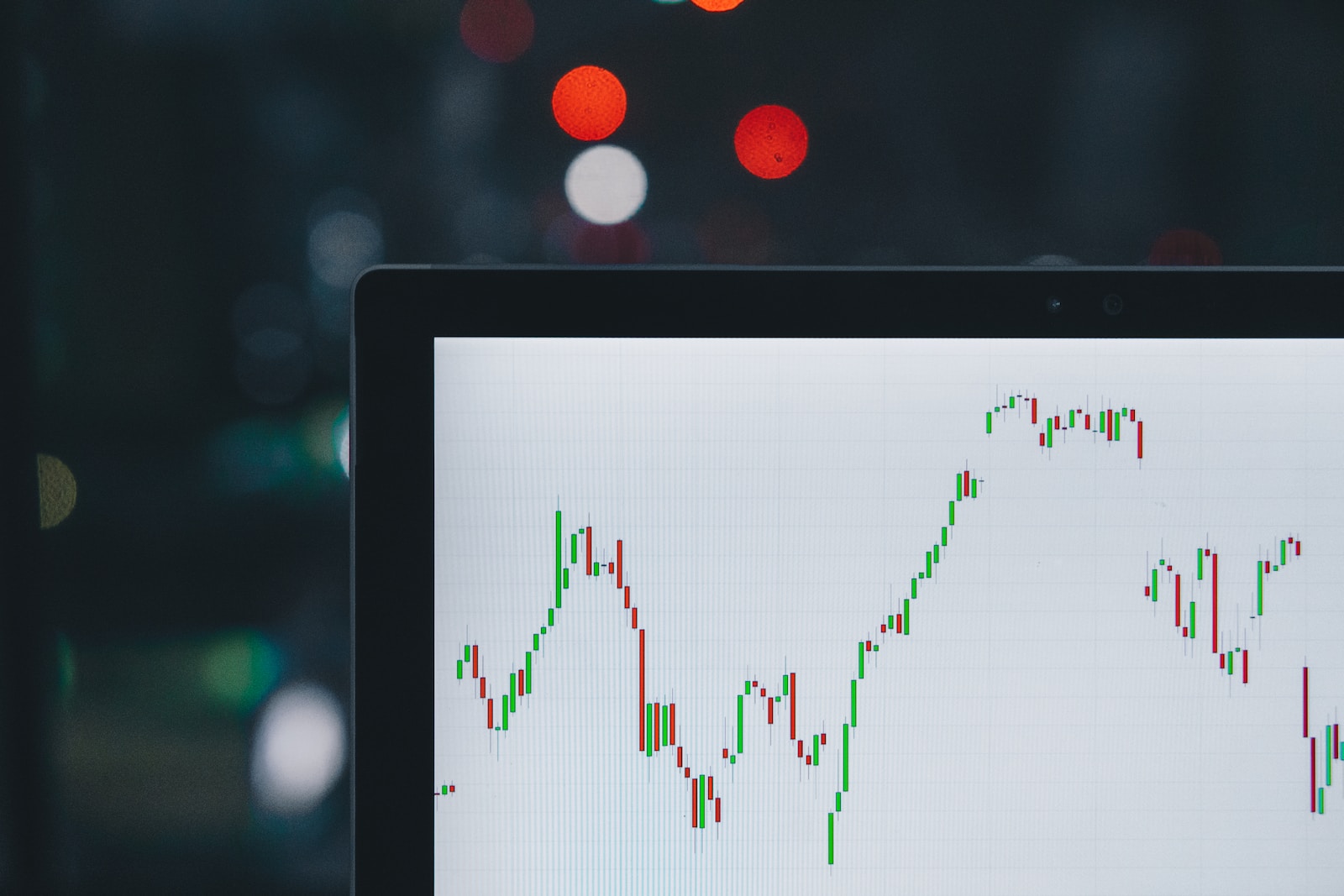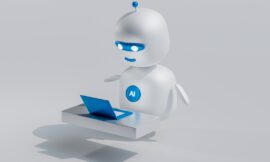The power of artificial intelligence is revolutionizing the way stocks and other financial instruments are traded on Wall Street. In this article, we will explore the benefits and challenges of using artificial intelligence for trading, and how this technology is changing the financial landscape.
The artificial intelligence revolution on Wall Street
Today, artificial intelligence (AI) and AI-powered tools like ChatGPT have the potential to transform the efficiency, effectiveness, and speed of human work. This is equally true in financial markets, as it is in sectors like healthcare, manufacturing, and virtually every aspect of our lives.
The use of computer algorithms in trading began in the 1980s, with the appearance of the so-called ” program trading “. This technique allowed institutional investors to execute fast and efficient trades using predefined rules and algorithms. However, as technology advanced and more data became available, software-based trading became more sophisticated and market volatility increased.
Fifteen years later, in 2002, High Frequency Trading (HFT) was introduced on the New York Stock Exchange. The HFT uses computer programs to analyze market data and execute trades at extremely high speeds. These artificial intelligence algorithms can analyze vast amounts of data in real time and identify patterns and trends that are not apparent to human traders. This allows them to make better decisions and execute trades at a much faster rate than would be possible manually.
Benefits of artificial intelligence in trading
AI-powered trading, such as HFT, offers a number of benefits for equity markets. These traders usually buy and sell assets at prices very close to the market price, which means they do not charge investors high commissions. This helps ensure that there are always buyers and sellers in the market, which in turn helps to stabilize prices and reduce the possibility of wild swings.
Additionally, high-frequency trading can help reduce the impact of market inefficiencies by quickly spotting and taking advantage of price discrepancies. HFT algorithms can detect when a certain stock is overvalued or undervalued and execute trades to take advantage of these discrepancies. In this way, this type of trading can correct market inefficiencies and ensure a better valuation of assets.
Another important aspect of the AI in the HFT is natural language processing. This involves analyzing and interpreting data in human language, such as news articles and social media posts. By analyzing this data, traders can gain valuable insight into market sentiment and adjust their trading strategies accordingly.
The challenges and risks of AI-powered trading
Despite the aforementioned benefits, AI-based trading also comes with significant challenges and risks. The speed and efficiency of HFT algorithms can cause sudden asset price fluctuations in response to news events and market signals. Additionally, HFT firms can take advantage of their speed and advanced technology to gain an unfair advantage over other traders, further distorting market signals.
The risk of market failure is also increased due to the similarity of the algorithms used by most high-frequency traders. If all these traders make similar trading decisions based on signals from identical algorithms, they may all try to buy or sell at the same time, which could lead to a market crash if there is no counterparty to those trades.
On the other hand, the introduction of AI-powered chatbots, such as ChatGPT, poses new challenges. If many traders rely on the same AI to make decisions, the diversity of opinion decreases and the risk of herd behavior may increase. Potential limitations and biases in AI algorithms can also be problematic, as these systems rely on past training data, which may contain biases or incorrect information.
The future of AI-based trading
Despite the risks and challenges, banks and financial institutions are likely to increasingly embrace artificial intelligence in their trading operations. The potential benefits are too significant to ignore and there is a risk of falling behind the competition.
However, it is critical that financial institutions carefully address the challenges posed by AI in trading. Concerns about biases, inaccuracies, and herd behavior induced by AI algorithms must be addressed. Proper regulation and supervision are also crucial to ensure the stability and integrity of financial markets.



